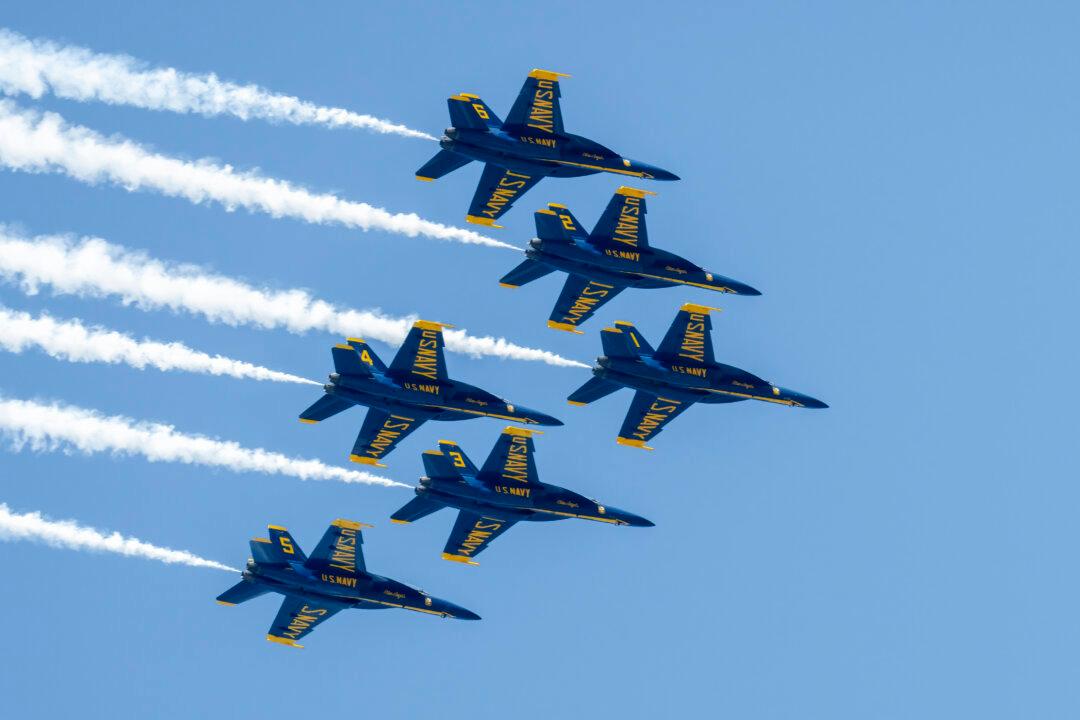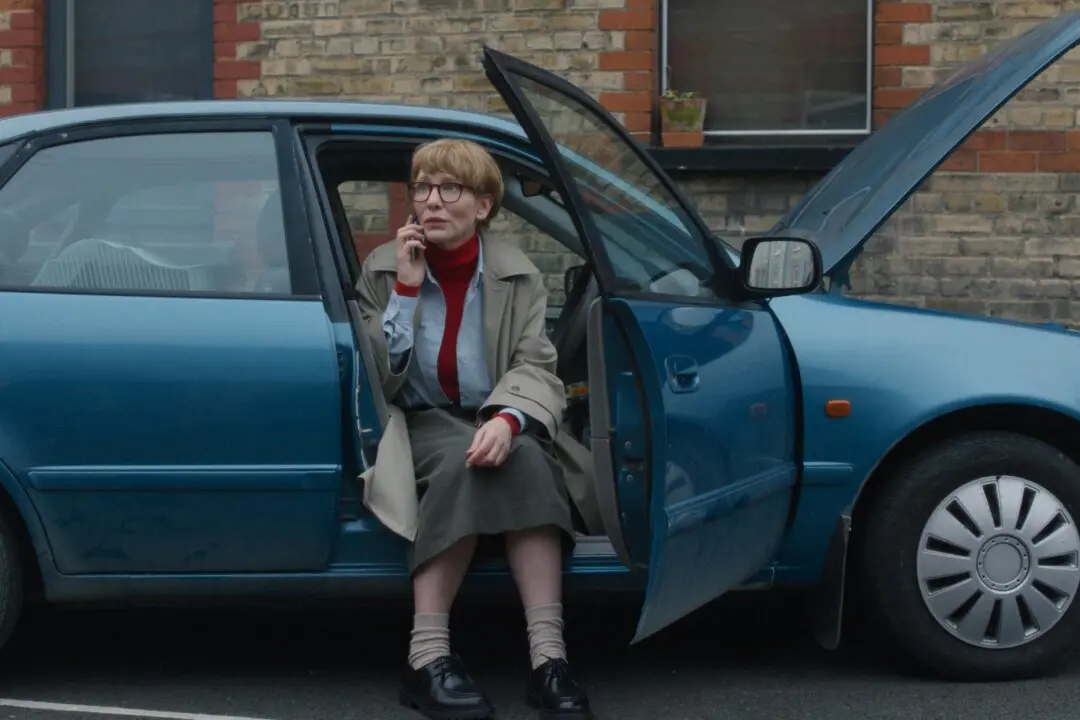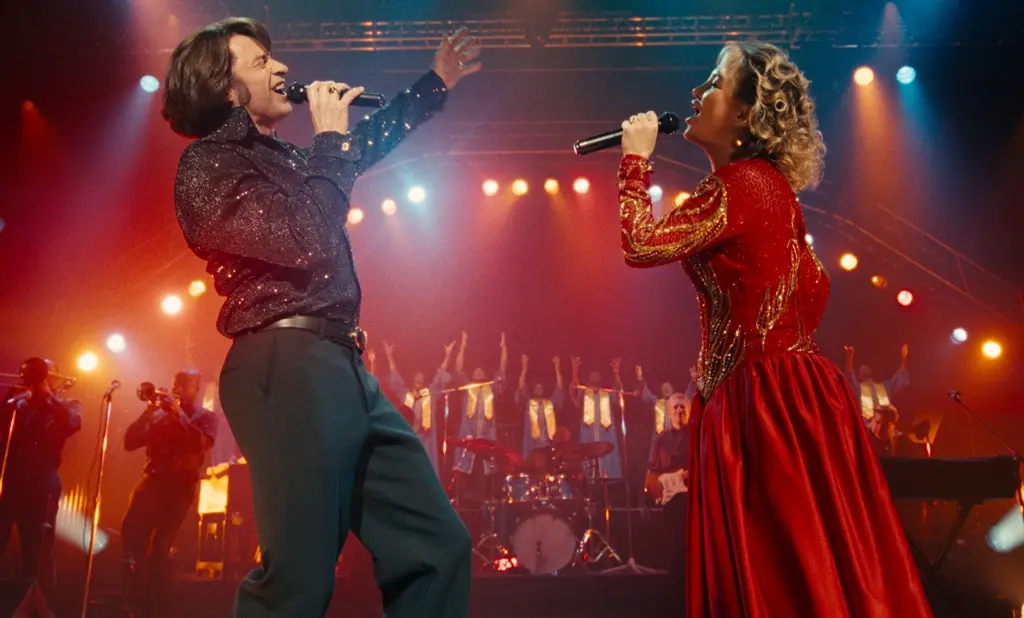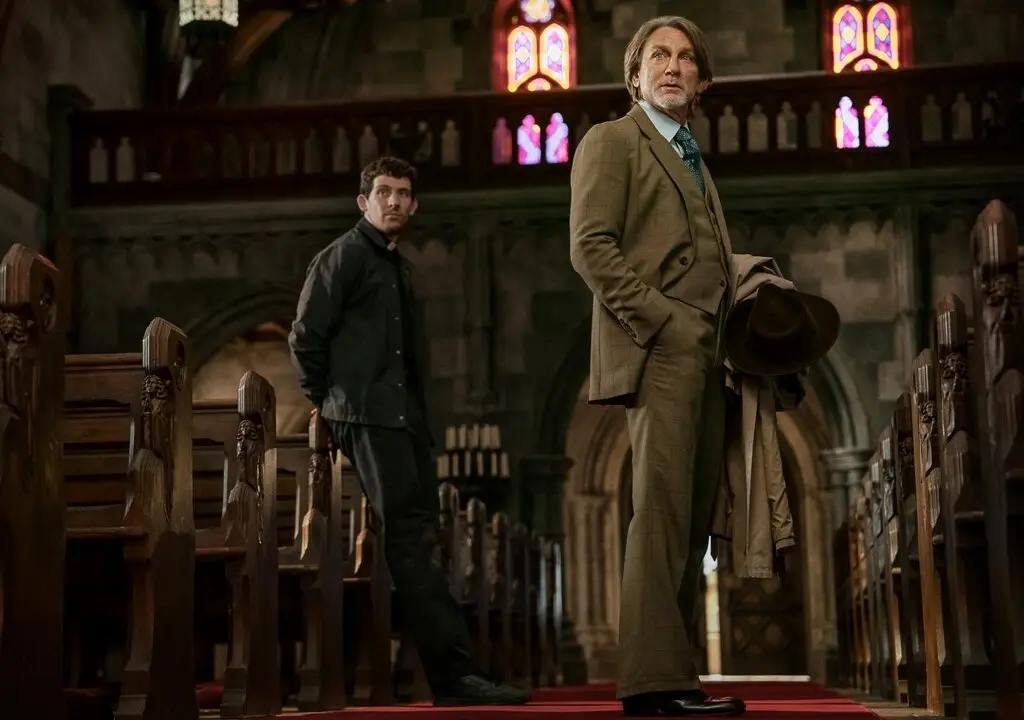G | 1h 33m | Documentary, Military, History | 2024
An American military fixture since 1946, the joint Navy-Marine Corps venture known as the Blue Angels is the finest public relations program ever conceived by the U.S. Military. As of 2011, it is budgeted at $37 million annually and is one of the very few or possibly the only government expenditure that gives U.S. taxpayers their money’s worth. Over the span of 77 years, more than 500 million people have seen the Blue Angels perform (at no charge) live.






